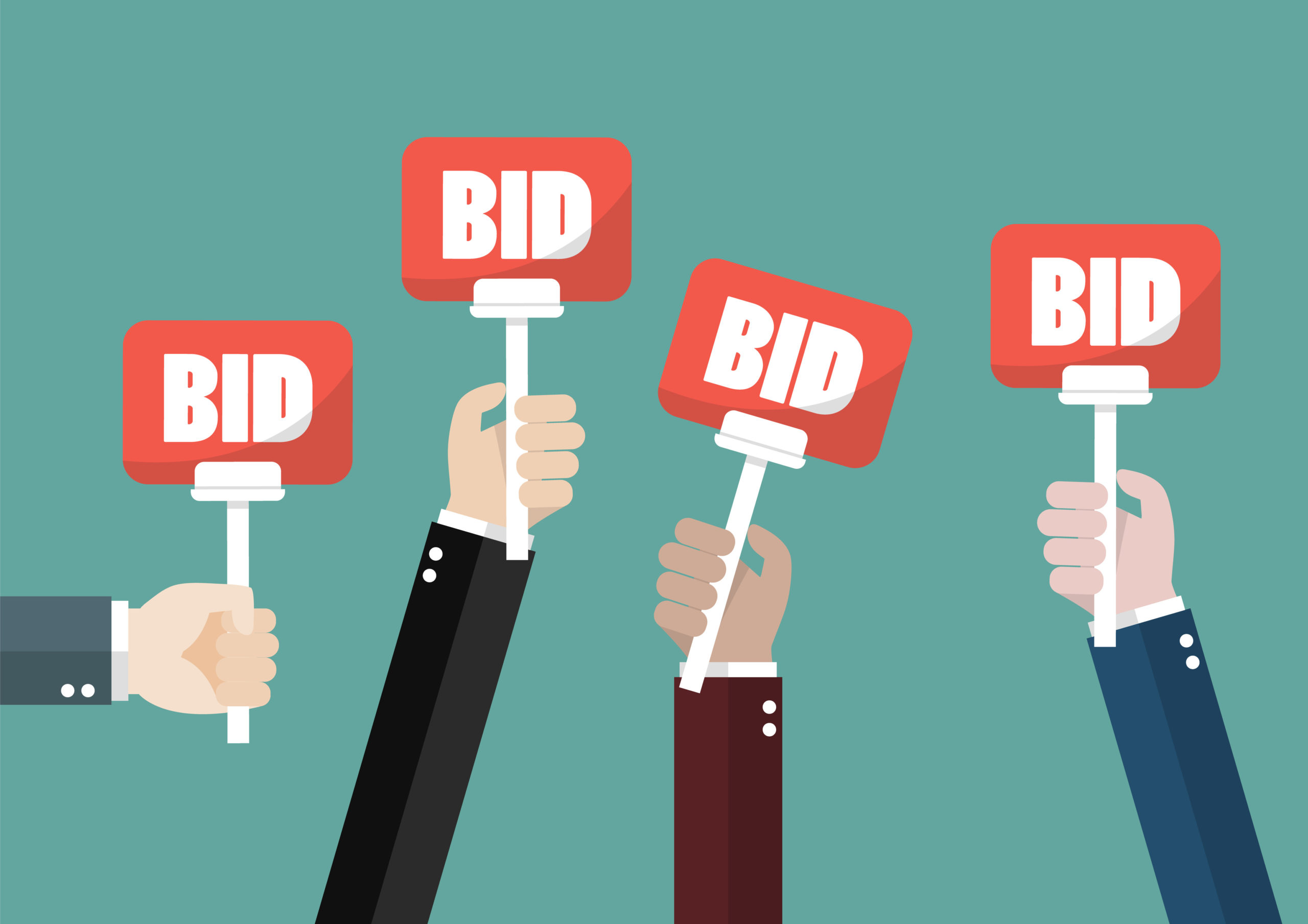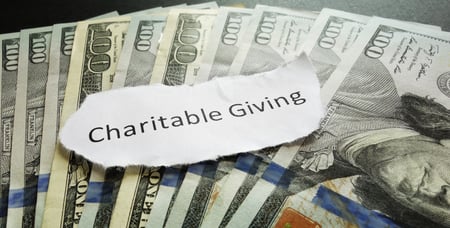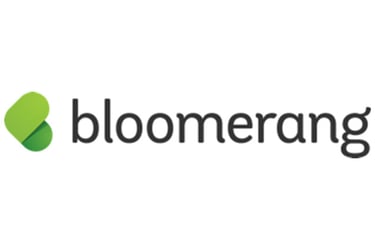Windfall recently had the opportunity to attend the Benefit Auction Summit 2021, hosted by the National Auctioneers Association, in San Antonio, Texas. This event brings together some of the nation’s foremost Nonprofit Auctioneers and Event Management experts.
Events become particularly important as we enter the last quarter of the year, when nonprofit organizations see the largest portion of their annual donations start coming in. Giving Tuesday is approaching and planning for holiday season galas, summits, and awards is already underway. In this post, we’ll cover some of the best practices that we heard for creating and hosting effective fundraising events, including:
- Inviting the right people
- Planning for the event
- Focusing on the right people during the event
- Following up post-event
Inviting the Right People
The first step to ensuring you have a successful event is to make sure you have invited the right people. This is easy to say but hard to put into practice. Oftentimes, nonprofits will either invite everyone in their database, or determine a shortlist based on prior giving history. Unfortunately, those approaches can have mixed results, especially without a strong strategy in place.
Instead of sending a mass-email to everyone, customize your communications with your constituents. Make sure you understand who to prioritize for invitations – as a simple example, you could create a prioritized list by inviting your wealthiest constituents. You can also find wealthy individuals who have shown some interest with a small donation, but could give more. Instead of only sending a templated email, consider reaching out with a paper invitation, or make a direct phone call for a truly personal touch.
Planning for the Event
Once you’ve sent your invites out, there are several things you can do to make sure your event is a success. Look at those who have registered to attend to understand as much as you can about them, such as their wealth or interests.
If you’re planning an auction, take your guests’ interests into account when deciding on what items to include. For example, if you see wealthy individuals who own boats, consider adding a yacht as one of the items to bid on. Also, plan out where to seat your high potential bidders so that they’re in the heat of the action.
Finally, if you have high potential donors who have not yet responded to your invitation, reach out to them again. You can add an incentive, such as including an extra guest or a free ticket, to convince them to come. Focusing efforts on your most important constituents can make or break your event.
During the Event
Oftentimes, this event is the face and brand of your mission, so use it to make the right impression. There are many opportunities during events to make sure your guests have the best experience possible. Assign team members from your organization to high-net-worth individuals during the event to make sure they enjoy their time. Or you can ensure that you have the right people seated at the right tables by looking at information such as common interests.
Post-event Communications
Your event may be finished, but your job isn’t over yet. The biggest mistake we see is that once organizations finish up their gala, they send out a thank you email, and consider their job done. Instead, use the post-event communication as another great touchpoint to connect with your constituents. There are two really effective strategies we’ve seen organizations take advantage of.
First, make sure you segment the attendees. One way to do this is to screen everyone who attended, and see how their giving during the event compares to their net worth. You can reach out to affluent individuals with a personalized message to thank them for coming, and continue to cultivate them in future communications.
Second, for those who do have a high net worth but may not have participated in fundraising during the event, this is an opportunity to ask for more. For example, if you are $2,000 short of your event’s fundraising goal, and John Smith has a very high net worth but only gave $50 during the event, consider giving him a phone call to explain that you are just short of your goal. This is a great way to make a clear solicitation with a straightforward reason why you need it.
Conclusion
Events are just one piece of the entire puzzle, and you should plan for them as part of your larger fundraising strategy. As we head into the holiday season, make sure to leverage wealth screening at all stages of your event planning and you can make this year the most impactful one yet.








.png?width=50&name=Dan%20Stevens%20(3).png)